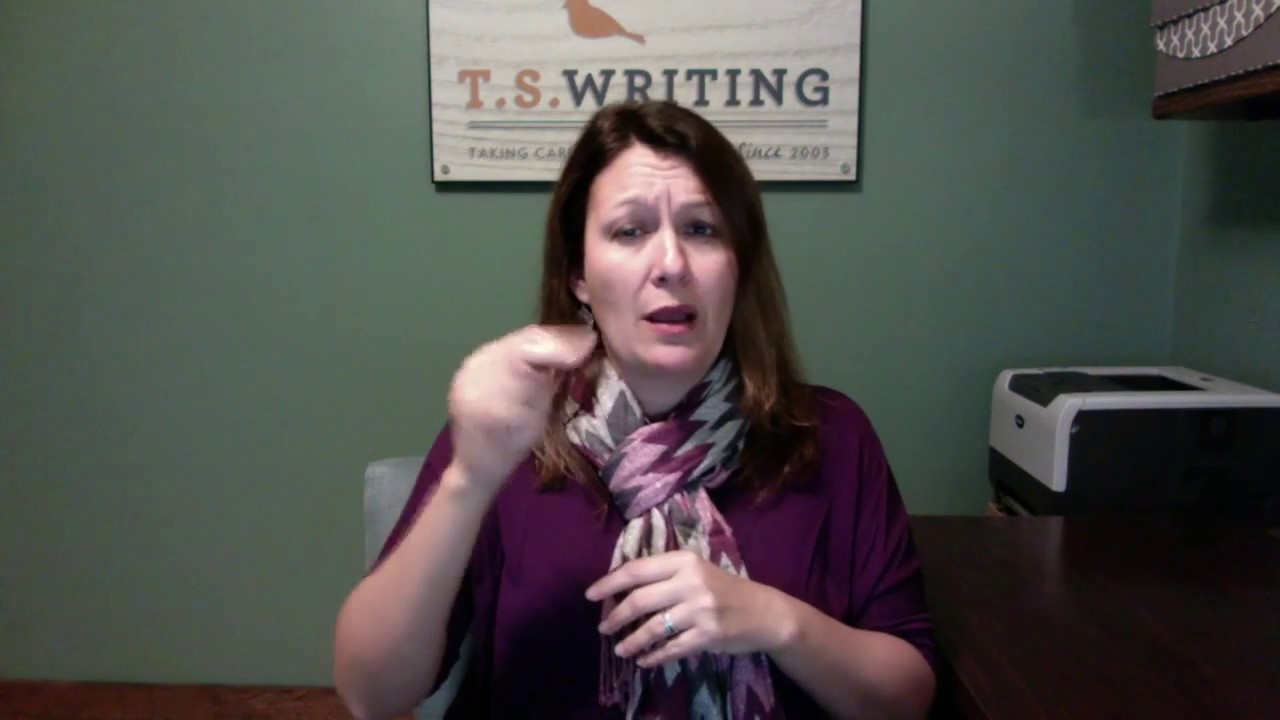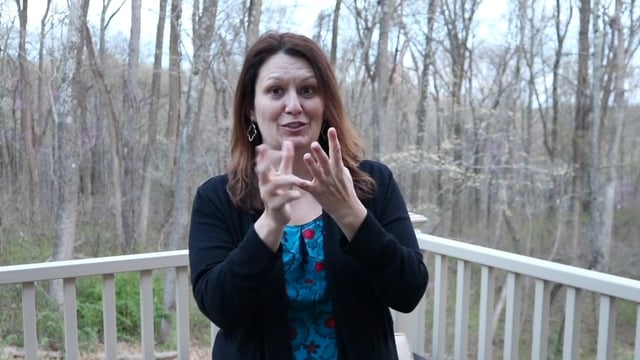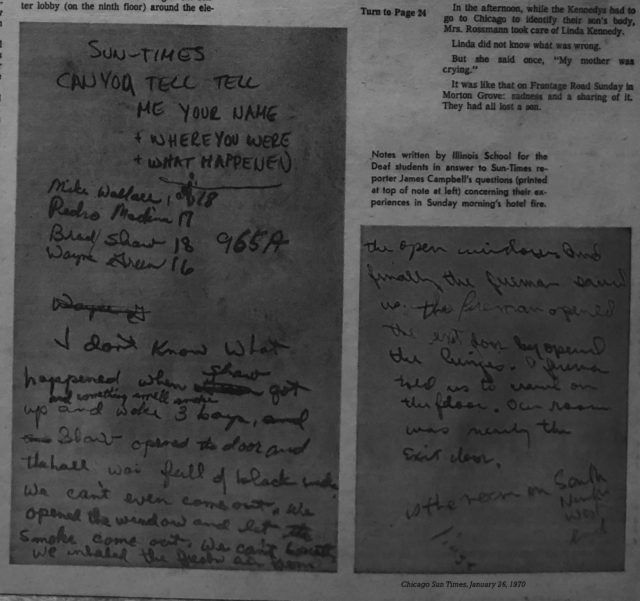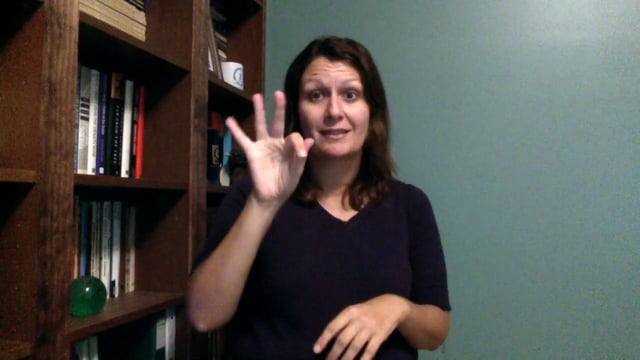This article originally appeared at i711.com.
Last year, my boyfriend had what we thought was a kidney stone attack. We called 9-1-1 from our house, which is in the country about 12 miles from the nearest hospital. The 9-1-1 center hung up on me. I was frantic, trying to think of another way to get Randy to the hospital. Fortunately, the dispatch center had traced my call and sent the police, who arrived about ten minutes later. Another ten to fifteen minutes later, EMTs finally arrived and took Randy to the hospital in an ambulance. So it was nearly 30 minutes before we had any medical assistance. It turned out to be nothing serious, and Randy is just dandy today.
I was concerned about the 9-1-1 hang up, so I contacted the dispatch center manager. Guess what? It was actually my TTY that didn’t work, not their equipment. Apparently my TTY was so old – it was purchased in 1991 – and when I pressed the space bars or keys, they made none of that high-pitched beeping that signals dispatch centers that the call is on a TTY. I was very impressed with how the 9-1-1 center manager worked closely with me to resolve this problem.
This experience taught me a hard lesson: we need to be prepared, and yes, we still need our TTYs. Up to that point, Randy and I hadn’t really touched our TTY in literally two years, other than making quick calls when our Internet was down. Both of our families are all deaf, so we communicated mainly using videophones and e-mail. We did get a new TTY, and have peace of mind now.
After that experience, and after working with the Community Emergency Preparedness Information Network (CEPIN) Project for the past six months, I’ve come to realize how horribly prepared we are as Deaf or hard of hearing people. The CEPIN Project is a $1.5 million grant given to Telecommunications for the Deaf, Inc. (TDI) by the Department of Homeland Security.
But because of this project, I have come to realize just how many people have misconceptions about being prepared for emergencies. Many assume that 9-1-1 calls can be traced to their cell phones (or Sidekicks), that relay services (Internet, video or traditional) can make 9-1-1 calls, and that ambulances or police will automatically come rescue them in the event of an emergency. I also heard of several stories from people living in my town, Faribault, which has approximately 150 deaf people and the Minnesota State Academy for the Deaf with its staff and students.
So I decided to try and to ensure my community’s safety.
First, for my household, I created an emergency kit – one that I can leave near the door and grab if something happens around my house. It contains emergency supplies lasting me up to 72 hours, such as food, water, dog supplies, medication, contacts, my glasses, paper and pen, and so forth. I also made sure I had fire extinguishers throughout the house, and took other safety precautions, such as putting together a list of emergency phone numbers and e- mail addresses and putting that list in a Ziploc bag.*
Even so, I still was worried about what would happen if the entire town lost its power, was attacked, or God knows what other scenario. So I contacted a local deaf leader, and we set up a series of meetings with the fire chief and the local answering service that handles dispatch calls and mass notification of emergencies. From these meetings we devised a few solutions. Although they’re not the most ideal solutions, they’re a start.
The local answering service company created an e-mail list for people with hearing loss living in the county. Those who sign up receive emergency notifications, such as weather reports, prison breakouts (there’s a state prison in our town), Amber Alerts, and any other emergency – via e-mail.
We also set up an emergency preparedness workshop in September for deaf residents. It’s hoped that, at this meeting, in addition to learning basic emergency preparedness strategies, we’ll decide a few other things as a group. For instance, if terrorists or a natural disaster attack our town, we need to choose a central meeting point in town to gather to get medical assistance or get further information with interpreters and assistive devices standing by. We also need to designate a alternate meeting point if that first area is destroyed. Other things that will be discussed include how we can communicate with each other if our pagers and phones aren’t working and how we can get emergency information if we don’t have electricity for the television or computer. Things like that are what we think of in our wildest imaginations but never really do anything about.
We are also working on checking into other solutions, such as Reverse 9-1-1 (where the town contacts each person in the town – deaf or hearing – via phone, TTY, fax, e-mail or any other method, for an emergency). Although these solutions are sometimes costly and time-consuming, at least something is being done.
With the recent devastation caused by Hurricane Katrina, it’s become more and more apparent that being prepared for emergencies has become our best hope of survival. We could wait for officials to take care of ourselves, but we still need to learn how to survive in the meantime if they don’t come rescue us in the event of a disaster – whether it’s a snowstorm, heat wave, flat tire, house fire, or a terrorist attack.
Since it’s National Emergency Preparedness Month, let’s try to have deaf people in each community talk with town or county officials and see what can be done for deaf or hard of hearing residents. If the county or town officials in your area aren’t receptive or don’t think you’re worth their time, find someone else. Contact the CEPIN Project regional center for your location and ask for assistance in getting something to happen. As evident from the fiasco in the hurricane- devastated areas, officials might not be prepared themselves. So maybe it’s more important for you to take care of yourself. You may be your own best rescue. You never know what could happen.
Copyrighted material. This article can not be copied, reproduced, or redistributed without the written consent of the author.




